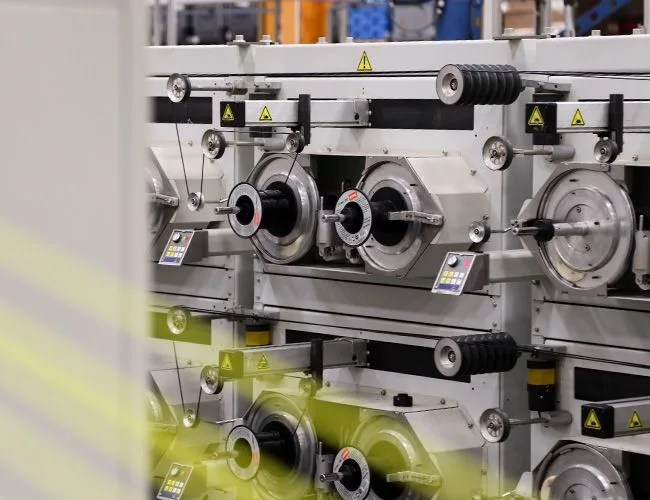A lot of awards are given out for a lot of things, and some of them mean nothing — like the The Lee McQueen Award for Ebullience (given to Bradley Wiggins, for being buoyant while climbing in the Pyrenees during the Tour de France). Some of them, though, mean a lot, like the Manufacturing Excellence Award, which, while it might seem obtuse and innocuous to the normal consumer, actually means something profound. Namely, that the four factories selected from North America have shown continuous improvement, best practices, creativity and innovation. In other words, they’re doing things better than all other factories. And, in the dollars and cents of the high-budget world of manufacturing, this means something significant — that the best production is being done on the smallest margins. For CEOs and financial planners and factory workers, this is a good thing. It means demand is being met in the most efficient way, and jobs are preserved, products are produced, and everyone is happy.
A banner hangs in the main floor of Stihl’s factory in Virginia Beach, VA, commemorating their Association for Manufacturing Excellence Award from 2013. This recognition comes from an obsession with two things: ultimate precision (they have tolerances of only a few microns) and vertical integration (nearly every part that goes into a chainsaw is made in Virginia Beach). Stihl, a German company founded by Dr. Andreas Stihl, is a case study in German engineering and efficiency. Nothing is wasted. Everything is maximized. Whatever can be produced in house is produced in house. Stihl also claims that while much of their production has become automated, they have never fired an employee because of “hiring” a robot (of which they currently have 140). Instead, as robots began hitting the line, starting in 2003, employees have been re-trained, often taking on more technical expertise.
Vertical integration preserves quality, improves efficiency, and allows productivity to remain fluid. When they need a part, they make it.
The Virginia Beach facility boasts 2.6 million square feet of factory floor. Around 800 people work in the factory, and while Stihl also operates factories in Brazil, China, Switzerland and Germany, Virginia Beach is their most prolific. The factory runs five days a week, 24 hours a day (some areas of the factory also run on weekends). The guide bar factory, down the street, is a 60,000-square-foot facility and is almost entirely automated, running with only seven employees. Inside the Stihl plant’s walls, the company manufactures cranks and pistons and plastics and rope and nearly all the parts necessary for the manufacturing of chainsaws. Then, they assemble the pieces into chainsaws. Vertical integration preserves quality, improves efficiency and allows productivity to remain fluid. For the most part, when they need a part, they make it.
While walking the floor with Lorraine Wagner, Manufacturing Director for Stihl, I pass one of Stihl’s many dynamic boards — flatscreens that hang from the ceiling and project productivity numbers and announcements — and she notes that the uptime currently sits at 96.3 percent. That means that, due to technical problems or production inefficiencies, the current area of the factory has been unproductive only a slim 3.7 percent of the day. In desk terms, on a typical eight-hour day, that would mean an employee would be inefficient only 17 minutes. Imagine. We walk through the factory’s crank production, then return past the same sign. It’s now showing a 96.4 percent uptime. “See, we got better,” notes Wagner.
An employee and a robot can work, side by side, on the line, with the robot doing monotonous, repetitive tasks.
Part of Stihl’s efficiency comes from their work with collaborative robots. An employee and a robot can work, side by side, on the line, with the robot performing the monotonous, repetitive tasks and the worker checking the work or executing more dynamic aspects of assembly. If a worker moves too close to a robot, a laser senses the movement and tells the robot to slow down or stop. With this dynamic technology, robots do not need to be behind cages, allowing more freedom for workers to quickly synchronize with the automated actions and saving precious “footprint” — or square footage of the factory floor.
